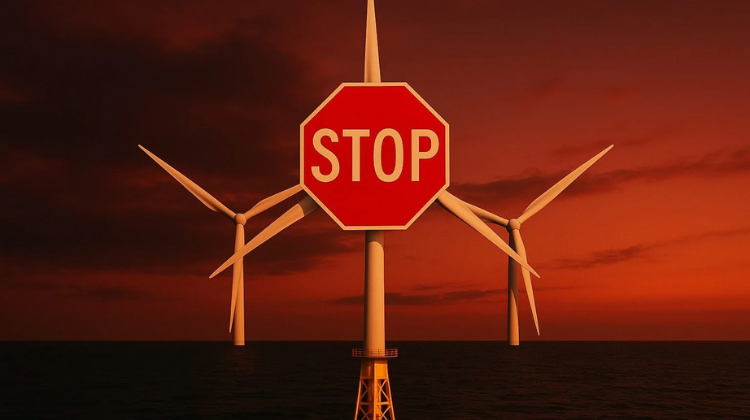The European Union and the United States have signed a trade agreement under which the EU commits to importing USD 750 billion in fossil and nuclear energy over the next three years.
The deal primarily covers liquefied natural gas (LNG), oil, and nuclear fuel, and has been framed as a diversification strategy in response to the energy crisis triggered by the war in Ukraine and volatility in the Middle East.
However, the announcement has drawn a wave of criticism from industry analysts, who deem it technically unfeasible and inconsistent with the continent’s decarbonisation goals.
According to 2024 data, the EU imported USD 64.55 billion in oil, LNG and coal from the US — just 26% of the annual target set in the agreement.
This implies that, to meet the terms of the deal, Europe would need to quadruple its energy imports from the US — a scenario that not only seems unlikely but also exceeds the US’s export capacity, which stood at USD 165.8 billion in total energy exports that same year.
Outlets such as The New York Times have labelled the pact a “symbolic agreement”, intended more to resolve trade disputes — such as tariffs on steel and aluminium — than to establish a coherent energy policy.
Nevertheless, in Europe it raises serious concerns about its impact on the continent’s climate targets.
In an interview with Strategic Energy Europe, Jesús María Sahún, Commercial Director at Switching Consulting, warns that the measure reinforces a flawed strategy: “Europe needs a deep rethink of its energy policy if it genuinely aims for sovereignty and strategic autonomy.”
The executive argues that replacing dependence on Russian gas with US supply fails to address the structural issues of the European energy system.
In line with this, the consultant maintains: “Shifting from dependence on Russia to dependence on the US may make short-term sense, but it is neither a sustainable nor sovereign model.”
According to his analysis, the priority should be to abandon the logic of “supply at any cost” and instead focus on three pillars: domestic renewables, storage systems, and strategic access to critical raw materials.
Speaking further with this outlet, he stresses: “It is a measure to mitigate Europe’s energy risk, with a short-term view and within an unresolved Russia-Ukraine war context and rising tensions in the Middle East.”
Although the agreement “ensures a secure and steady flow of hydrocarbons to Europe”, it also represents a diverted investment opportunity: “What is spent on this is not spent on other priorities,” Sahún warns, highlighting the shift in focus away from decarbonisation.
Impact on the energy transition
Energy consultant Kiko Maza was unequivocal: “One of the worst pieces of news for the energy transition.”
He estimates that the deal effectively “delays the process by three years, forfeits global renewable leadership, and hits local industry hard.”
He adds that the message sent is a dangerous one, as it explicitly abandons efforts to reduce fossil fuel consumption just when Europe should be accelerating decarbonisation.
Manuel Parra Palacios, a sector analyst, agrees that the agreement could “delay the expansion of renewable energy”, not due to increased gas availability, but because “EU legislation will align with this purchasing obligation.”
He warns that this legal approach will deprioritise an ambitious environmental strategy, thereby jeopardising progress achieved so far.
A path to autonomy or a setback for European renewable leadership?
Beyond technical and commercial disputes, the signing of the agreement exposes a deep tension between immediate energy security and a sustainable energy transition.
According to Sahún, “energy autonomy is not achieved by writing cheques, but by investing in capacity, infrastructure and control over strategic vectors.”
He also insists that Europe must decisively back “domestic renewable energy”, resolve “regulatory bottlenecks”, deploy “storage systems” and secure “access to critical raw materials.”
Only in this way, he concludes, can the continent avoid “the self-deception that the energy transition is simply about installing more renewables while signing mega gas contracts across the Atlantic.”






























